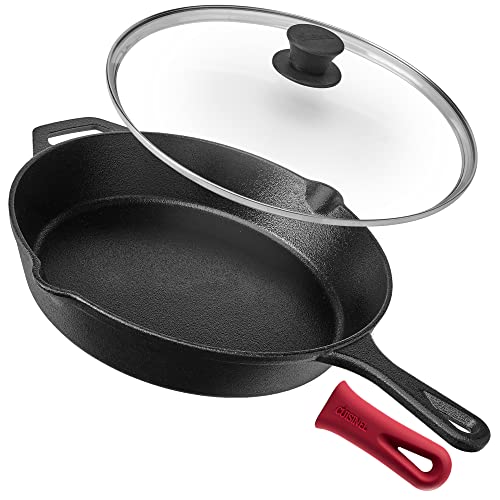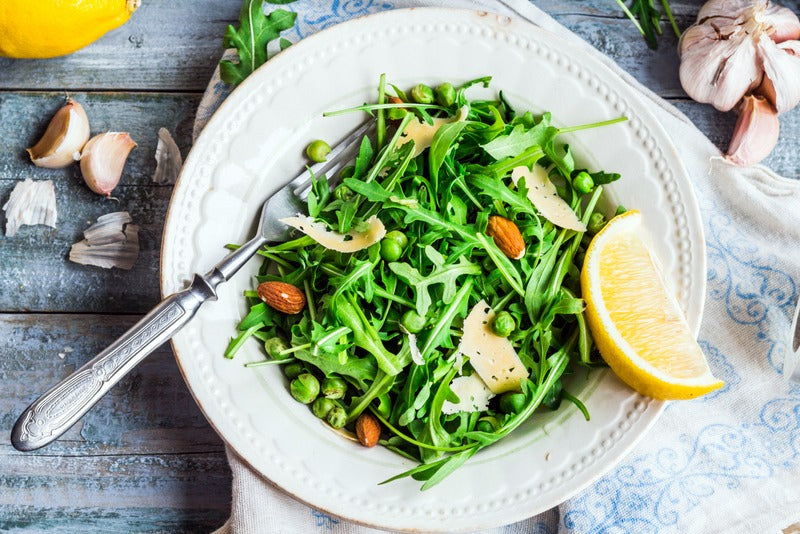For kitchen professionals, a cutting board isnt just a workhorse; its a canvas of creativity. Whether youre a chef wanting to enhance your kitchen's aesthetic, or a restaurant manager aiming to surprise customers with remarkable table presentations, learning how to decorate a cutting board can be, well, life-changing. Surprisingly, a cutting board is not just for chopping; it can be a delightful decor element and even serve as a promotional piece in your culinary journey.
In this article, we'll provide practical tips that will make your cutting boards go from ordinary to extraordinary. From professional engraving to marbling techniques, well cover how to make your cutting boards popwith ideas that are tremendous, terrific, and tailored just for you!

Why Should You Decorate Your Cutting Boards?
Lets dive into the question of why you should even consider decorating a cutting board. For starters, presentation matters. As a culinary professional, you should know that even the smallest details can have a shocking impact on how your restaurant, catering business, or culinary artistry is perceived. A decorated cutting board gives your food a consistent and professional backdrop.
Here are a couple of remarkable benefits:
- Personal Branding: Adding your logo or custom artwork to the board reinforces your brand identity.
- Improved Presentation: Decorated boards elevate overall presentation, especially during live cooking demonstrations or photoshoots.
- Durability: Treated, decorated boards can last longer with a protective sealant, so you're not just adding style but function too!
Prepping Your Cutting Board for Decoration
Not all cutting boards are created equal! Whether you're working with wood, plastic, or bamboo, your material will dictate which decoration techniques work best. Here's a quick guide to prepping these boards:
For Wooden Cutting Boards
- Sanding: Sand the board using medium-grit sandpaper to smooth out any imperfections.
- Cleaning: Ensure the board is clean and dry to ensure the design adheres properly. Wooden cutting boards require special care during cleaning; check out how to maintain them here.
- Sealing: Use a food-safe wood conditioner after decoration to protect the surface.
For Plastic Cutting Boards
- Scrubbing: Clean thoroughly to remove grease with mild detergent. For detailed steps, you can learn how to care for cutting boards here.
- Smoothing: Buff out any scratches for a more seamless decoration.
- Primer: Consider using a light primer paint if applying designs on plastic.
Decoration Methods Approved by Professionals
There are various techniques to decorate cutting boards, and each carries its own advantages. Lets go through some of the most approved methods:
1. Woodburning (Pyrography)
This is a technology-assisted, life-changing way to customize wooden boards. With a wood-burning tool, you can create hand-drawn designs, such as intricate patterns, your restaurant logo, or even customer names for personalized gifts.
2. Hand-Painted Designs
Using food-safe acrylic paints, you can create stunning artworks. Make sure to seal the paint with a food-safe productthis is important since cutting boards are exposed to food and washing. Check out an excellent painting guide for cutting boards here.
3. Epoxy Resin Marbling
Give your cutting boards a tremendous artistic flair with epoxy resin! By mixing resin with colorants, you can achieve luxurious marble-like designs that are durable and waterproof.
FAQs
1. Can I use any paint to decorate my cutting board?
No! Always use food-safe paints like FDA-approved acrylics or natural dyes.
2. How do I maintain a decorated board?
Avoid harsh chemicals while cleaning. Handwashing is best. Use a soft sponge and mild soap.
3. Is woodburning safe for cutting boards used to serve food?
Yes, as long as the decorated surface is thoroughly finished with a food-safe sealant.

Takeaway
Decorating a cutting board transforms it into a multifaceted masterpiece. By exploring all the exciting decoration methods from pyrography to epoxy marbling, you can add artful touches to your most-used kitchen tool.
For more tips and techniques like these, you can delve into helpful resources here and here.
This article contains affiliate links. We may earn a commission at no extra cost to you.






Leave a comment
This site is protected by hCaptcha and the hCaptcha Privacy Policy and Terms of Service apply.